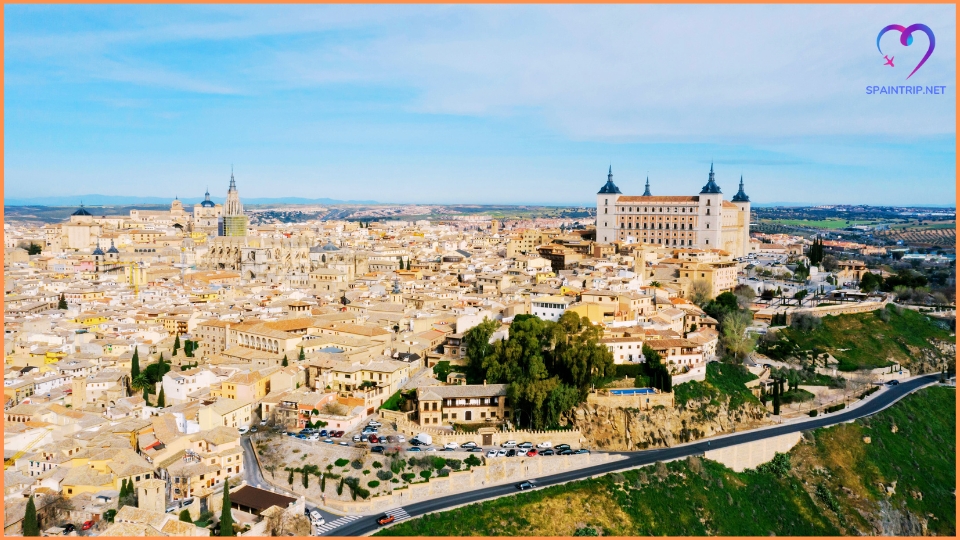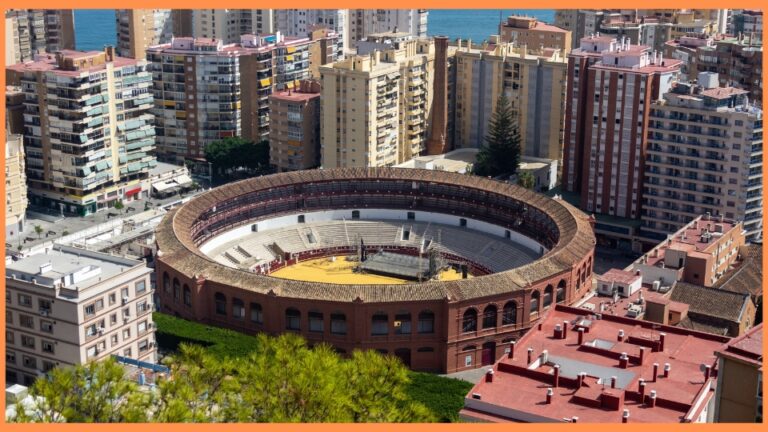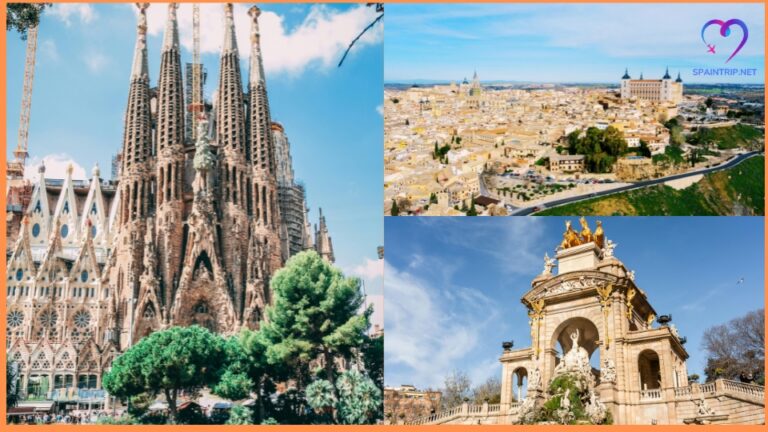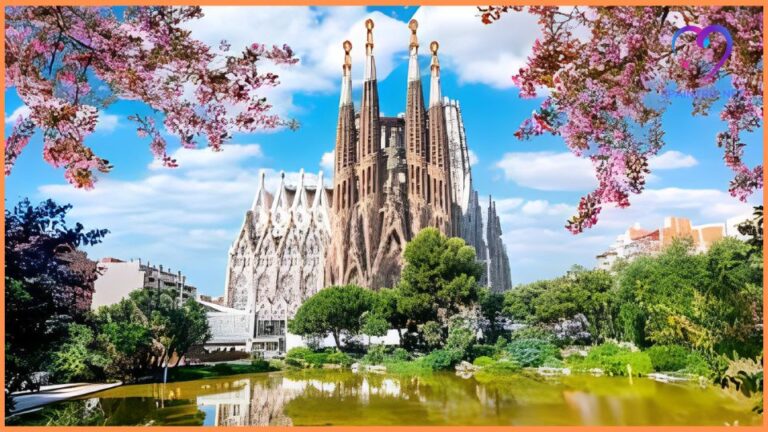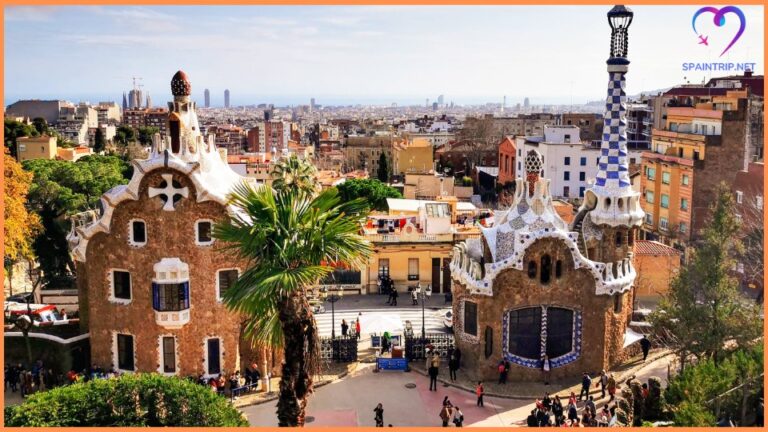The Best Cities to Visit in Spain for Amazing Adventures
Spain – with its beautiful beaches, rich history, and lively culture – is truly a travel destination. Whether you explore the busy streets of Madrid and Barcelona or soak in the waves of San Sebastián, there is a rich diversity of cities to explore. Step into a world of fairytale cities filled with places overflowing with history, culture, and the liveliness of modernity.
Madrid: The Vibrant Capital
Madrid, the heart of Spain, pulsates with energy and life. This vibrant capital city is a treasure trove of historical landmarks, art, and culture. Explore the grand Royal Palace, the official residence of the Spanish Royal Family. Stroll through the Plaza Mayor, a historic square that has witnessed countless events over the centuries.
Art enthusiasts will find paradise in Madrid’s Golden Triangle of Art, featuring the Prado Museum, the Reina Sofia Museum, and the Thyssen-Bornemisza Museum. As the sun sets, Madrid’s nightlife comes alive. From tapas bars in La Latina to the bustling clubs in Chueca, there’s something for everyone.
Barcelona: The Cosmopolitan Hub
Barcelona, a city that effortlessly blends history with modernity, is renowned for its stunning architecture and coastal beauty. The city’s skyline is dominated by the works of Antoni Gaudí, with the Sagrada Familia and Park Güell being must-visit landmarks.
Barcelona’s beaches, such as Barceloneta Beach, offer a perfect escape for sun and sea lovers. The city’s culinary scene is equally enticing, with bustling markets like La Boqueria offering a taste of local flavors. Don’t forget to explore the vibrant Gothic Quarter with its narrow, winding streets and historic buildings.
Seville: The Heart of Andalusia
Seville, the capital of Andalusia, is a city of passion and tradition. The city is synonymous with flamenco, and a visit to a local tablao for a flamenco show is a must. Historical sites such as the Seville Cathedral and the Alcázar of Seville showcase the city’s rich heritage.
Seville is also known for its lively festivals, with Feria de Abril and Semana Santa being among the most famous. These celebrations offer a glimpse into the city’s vibrant culture and traditions.
Valencia: The City of Arts and Sciences
Valencia, a city where futuristic architecture meets historic charm, is home to the impressive City of Arts and Sciences. This architectural complex includes the Hemisfèric, an IMAX cinema, and the Oceanogràfic, Europe’s largest aquarium.
Valencia is also famous for its Las Fallas Festival, a fiery celebration featuring elaborate sculptures that are set ablaze. The city’s beaches, such as Malvarrosa Beach, provide a perfect spot to relax and soak up the sun.
Granada: A Fusion of Cultures
Granada, nestled at the foot of the Sierra Nevada mountains, is a city steeped in history and culture. The Alhambra, a stunning palace and fortress complex, is a testament to the city’s Moorish heritage. The intricate designs and lush gardens make it one of Spain’s most visited attractions.
Wander through the Albaicín, the old Moorish quarter, with its narrow streets and whitewashed houses. Granada’s unique blend of cultures is evident in its cuisine, with tapas bars offering a variety of flavors influenced by its diverse history.
Bilbao: The Industrial Metropolis
Bilbao, once an industrial powerhouse, has transformed into a cultural hub. The city is home to the iconic Guggenheim Museum, a masterpiece of contemporary architecture designed by Frank Gehry. This museum has put Bilbao on the map as a cultural destination.
Bilbao’s industrial heritage is still visible, but the city has embraced its transformation with modern amenities and a vibrant culinary scene. The Casco Viejo, or old town, is a great place to explore local pintxos bars and experience the city’s lively atmosphere.
San Sebastián: The Gourmet Paradise
San Sebastián, located on the northern coast, is a haven for food lovers. The city is renowned for its pintxos, the Basque version of tapas. Stroll through the Parte Vieja, the old town, and indulge in a culinary adventure with each bar offering its unique twist on these delectable bites.
San Sebastián’s beautiful coastline, including the famous La Concha Beach, provides a stunning backdrop for relaxation. The city also hosts the prestigious San Sebastián International Film Festival, attracting stars and cinephiles from around the world.
Malaga: The Sunny Delight
Malaga, the gateway to the Costa del Sol, is known for its sunny weather and beautiful beaches. The city’s vibrant harbor area is perfect for a leisurely stroll, while its beaches, such as La Malagueta, offer plenty of opportunities for sunbathing and water sports.
Malaga is also rich in art and culture, with the Picasso Museum celebrating the life and work of one of its most famous sons. The city’s nightlife and dining scene are equally impressive, offering a mix of traditional and modern experiences.
Toledo: The City of Three Cultures
Toledo, perched on a hilltop, is a city that beautifully showcases its historical significance. Known as the City of Three Cultures, Toledo has been home to Christians, Muslims, and Jews, and this diverse heritage is evident in its architecture and cultural sites.
Explore the magnificent Toledo Cathedral, the ancient Synagogue of Santa María la Blanca, and the imposing Alcázar of Toledo. The city’s narrow, winding streets and historic buildings transport you back in time.
Cordoba: The Historical Gem
Cordoba, another jewel of Andalusia, is famous for its stunning Mezquita, a former mosque turned cathedral. This architectural wonder is a testament to the city’s Islamic heritage. The Jewish Quarter, with its charming streets and historic synagogues, adds to the city’s cultural richness.
Cordoba is also known for its vibrant festivals, including the Patios Festival, where residents open their beautifully decorated courtyards to the public. The city’s lively atmosphere and historical significance make it a must-visit destination.
Santiago de Compostela: The Pilgrim’s Haven
Santiago de Compostela, the final destination of the Camino de Santiago pilgrimage, is a city steeped in spiritual and cultural significance. The city’s iconic Cathedral of Santiago is believed to house the remains of St. James the Apostle, making it a major pilgrimage site.
Wander through the city’s historic center, a UNESCO World Heritage site, and soak in the spiritual and cultural atmosphere. The city’s rich history and cultural heritage make it a fascinating destination for travelers.
Zaragoza: The Overlooked Treasure
Zaragoza, often overlooked by travelers, is a city full of surprises. The stunning Basilica del Pilar, a major pilgrimage site, dominates the city’s skyline. The city also boasts a rich cultural calendar, with festivals like the Fiestas del Pilar attracting visitors from all over.
Zaragoza’s local cuisine, including dishes like ternasco (roast lamb) and migas (fried breadcrumbs), offers a delicious taste of the region. The city’s blend of history, culture, and gastronomy makes it a hidden gem worth exploring.
Salamanca: The University City
Salamanca, home to one of Europe’s oldest universities, is a city brimming with history and intellectual heritage. The University of Salamanca, founded in 1218, is a stunning example of Spanish Renaissance architecture. The city’s Plaza Mayor, a grand Baroque square, is the perfect place to soak in the local atmosphere.
Salamanca’s rich cultural attractions, including its historic cathedrals and museums, make it a fascinating destination. The city’s vibrant student population adds to its lively and dynamic ambiance.
Cities in Spain reflect a diversity of history, culture, and modernity. No two cities are the same from Madrid’s busy streets to the peaceful beaches of San Sebastián. Whether you are a history lover, a food lover, or an art lover, Spain’s cities have something for everyone. Start a journey of discovering the best cities in Spain for memories that will last forever.
FAQs
1. What is the best time to visit Spanish cities? The best time to visit Spanish cities is during the spring (March to May) and fall (September to November) when the weather is pleasant, and there are fewer tourists.
2. What tips do you have for budget travelers in Spain? For budget travelers, consider staying in hostels or budget hotels, use public transportation, and dine at local tapas bars for affordable and delicious meals.
3. What are some must-try foods in Spain? Must-try foods in Spain include paella, tapas, jamón ibérico, gazpacho, and churros with chocolate.
4. How long should I spend in each Spanish city? The recommended duration varies, but typically 2-3 days in each city allows you to explore the main attractions without feeling rushed.
5. Are Spanish cities safe for tourists? Spanish cities are generally safe for tourists, but it’s always advisable to stay aware of your surroundings, especially in crowded areas, and keep your belongings secure.

